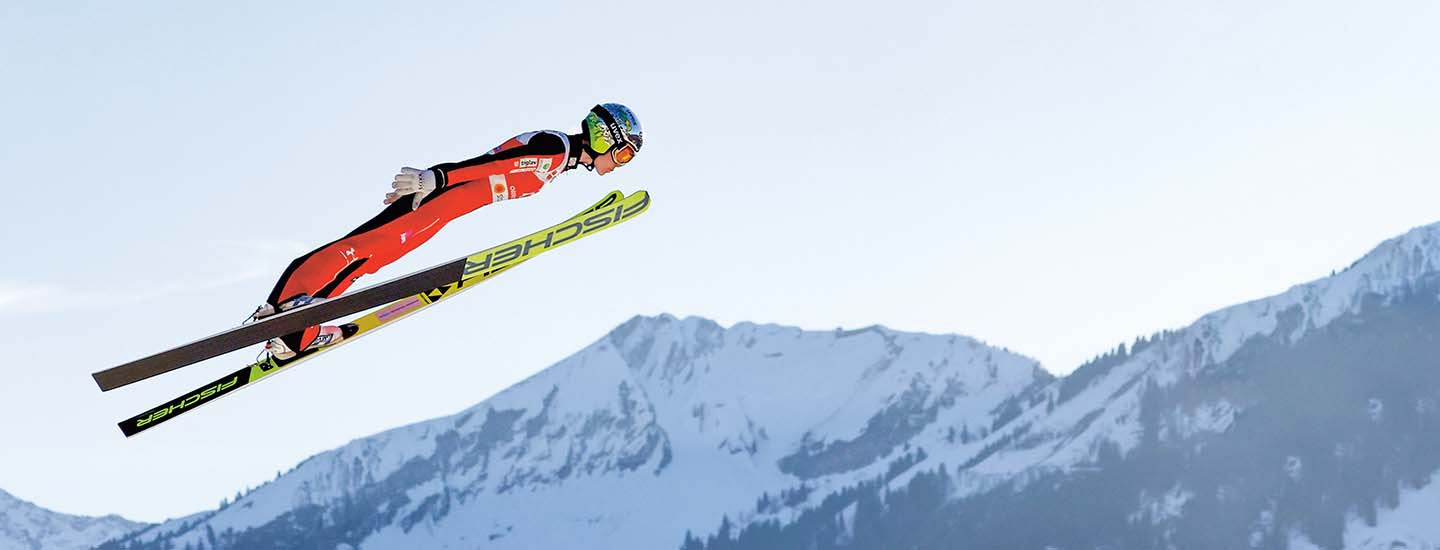This month, people around the world will tune in to watch athletes perform spectacular feats at the Winter Olympic Games in Beijing, China. One of the most thrilling Olympic sports is ski jumping! In this event, skiers zoom down a steep slope, reaching speeds of 100 kilometers (62 miles) per hour. Then they launch into the air and soar farther than the length of a football field.
Ski jumpers look like they’re flying during their few seconds in the air. But they’re actually gliding, says John Eric Goff. He studies the physics of sports at the University of Lynchburg in Virginia. “It’s like what a flying squirrel does,” he says.
Judges give scores for each jump’s distance and style. To succeed, skiers must master the takeoff, the majestic glide, and the landing. Here are the forces that make the feat possible.

